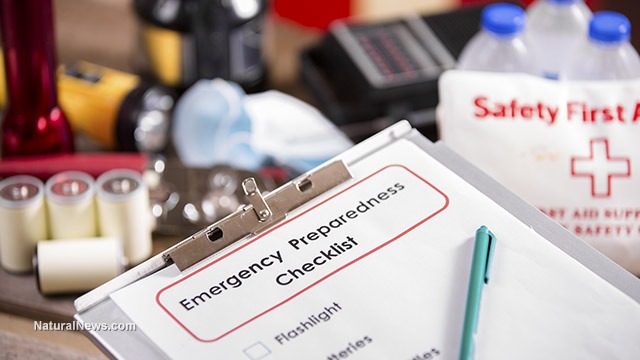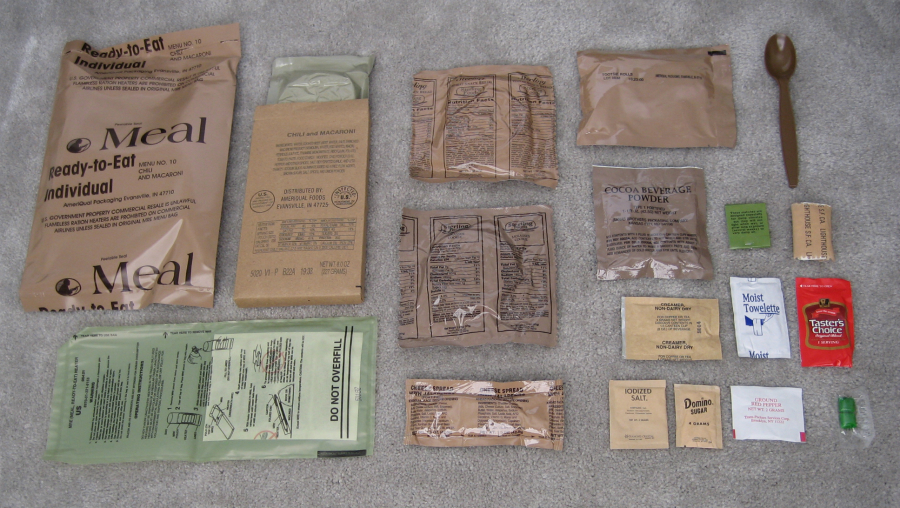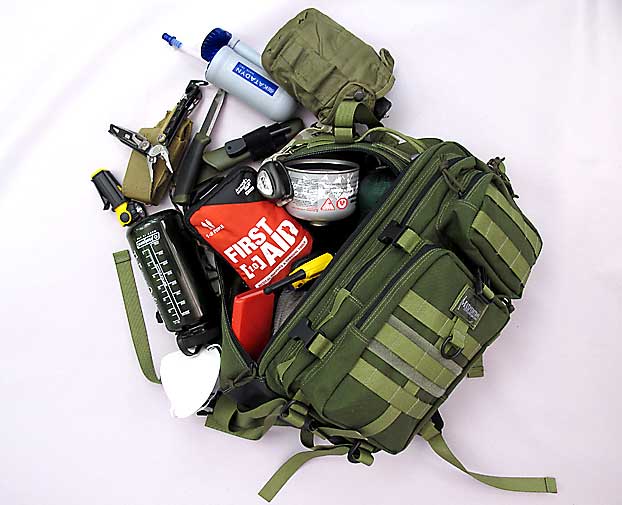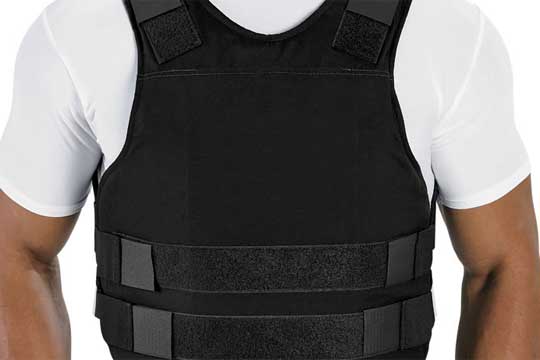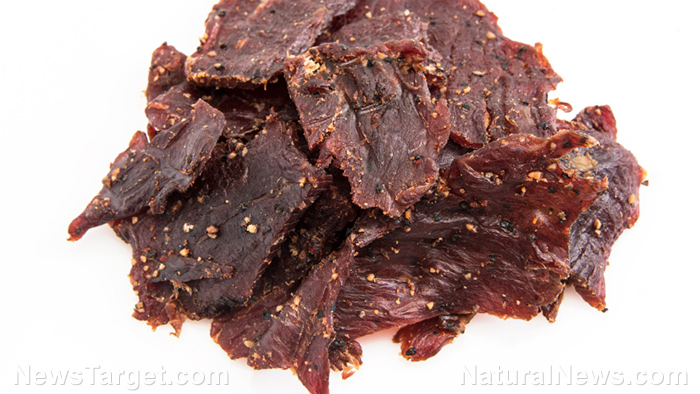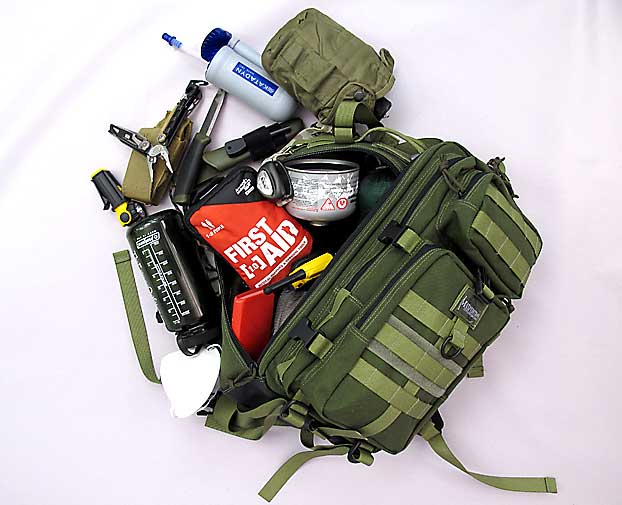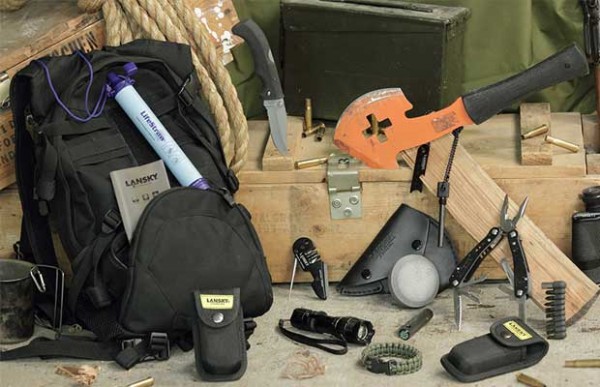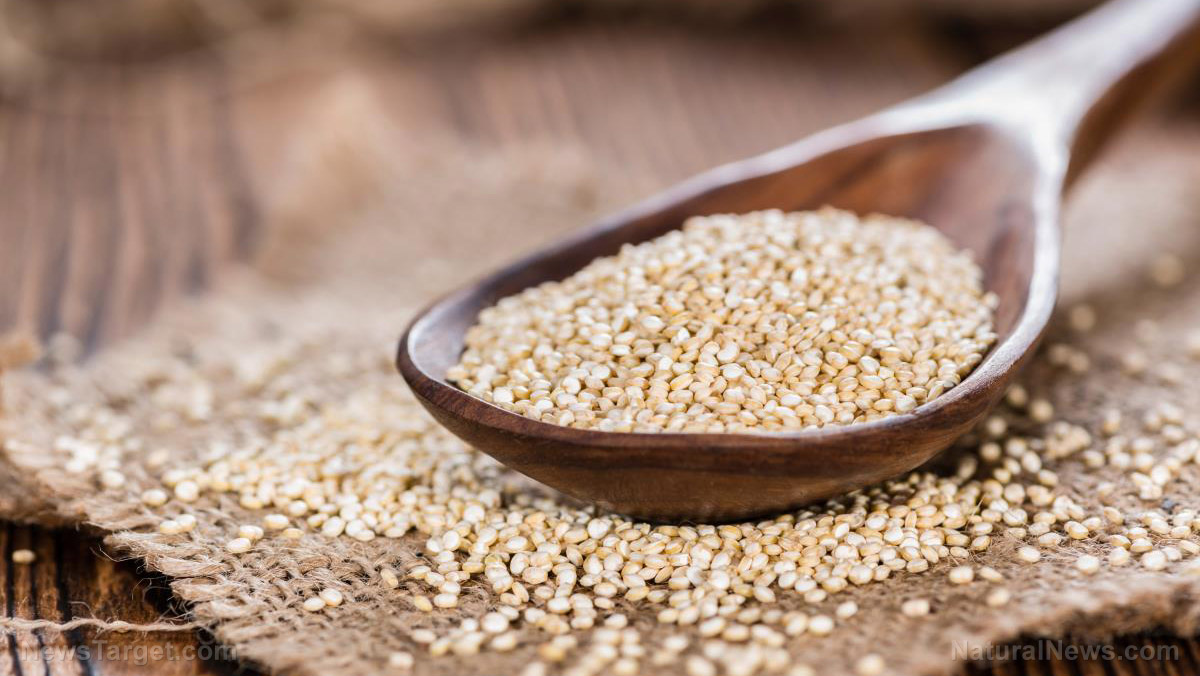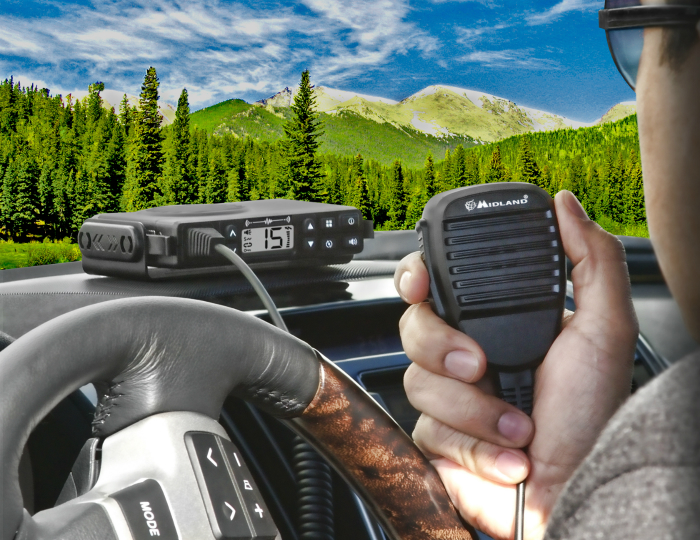Survival essentials: 9 Stealthy ways to cook after SHTF
06/25/2021 / By Zoey Sky
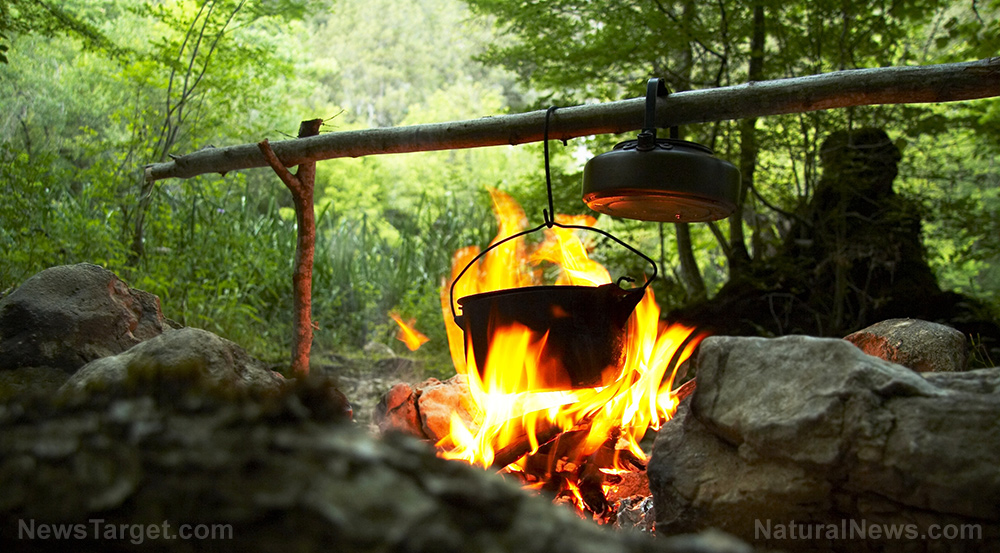
Most modern cooking methods like air fryers or electric stoves rely on electricity.
But when SHTF, you’ll need cooking methods that can run even if the power goes out. Below are nine stealthy cooking methods that you can try after disaster strikes. (h/t to ModernSurvivalOnline.com)
These cooking methods will prove useful whether you’re bugging in at home because of a long-term power outage or bugging out after SHTF.
While cooking on an outdoor barbecue grill may not seem that dangerous now, using one in a post-SHTF world may attract hungry neighbors or looters who may attempt to take your supplies in their desperation.
Gas oven
If your home kitchen doesn’t include a gas oven, invest in one and replace electric stoves. This ensures that when the power goes out, you can still cook indoors and serve warm meals.
A natural gas oven can run on reserves for at least three to six months.
Natural gas service isn’t always available in out-of-town rural areas. If this is the case where you live or you prefer having a backup plan before SHTF, have a gas range unit installed at home. (Related: Prepping tips: How to survive a long-term power outage.)
Purchase a propane gas tank and stock up on extras so you can use the gas range during a survival scenario.
Fireplace, wood stove, or wood-burning stove
With a fireplace or wood stove, you can stay warm in winter and cook indoors.
However, rural preppers will have an advantage over preppers in the city since they have easy access to fuel for their fireplace or wood-burning stove. If you live in the city, it may be difficult to stock up on firewood, unless you pay for it and have it delivered.
Solar-powered generator
With a solar generator, you can cook indoors. Even if you only have a small solar generator, you’ll have enough power to use conventional cooking methods indoors or on your back porch and away from prying eyes.
Solar-powered generators are preferable because they’re more quiet compared to diesel, gasoline, or kerosene-powered generators. They also don’t require a stockpile of fuel to operate.
The downside of using a solar generator is it’s subject to weather, especially on cloudy days or in cold weather. A solar generator will provide you with enough power to run an air fryer, crockpot, hot plate, roaster oven, or toaster oven.
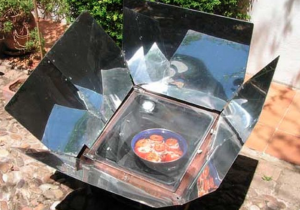
Solar oven
A solar oven is an unusual-looking contraption but it’s a stealthy cooking method that suits preppers who live in warm climates. The oven includes an enclosed box with reflective panels, although some ovens don’t have reflective panels.
The average cooking time for most foods typically prepared in a regular kitchen oven is 250 to 350 F and most solar ovens can reach a temperature of 400 F.
While it may take longer to cook food using a solar oven, the glass or plexiglass top cover will help stop the smell of cooking food from spreading. A solar oven can be used to bake, broil, or roast most foods that you can cook in a conventional oven or on a charcoal grill.
You can still use a solar oven during fall and winter, but it may take a lot longer to reach the right temperature.
Freeze-dried meals
Freeze-dried meals from survival supply vendors are one of the best ways to prepare hot food without emitting smoke or odors. These meals are “cooked” by pouring hot water into the pouch.
Heat water stealthily using a camping-style solar shower bag or solar oven.
Thermal cooker
Thermal cookers require an external heat source, such as a small portable rocket stove that can heat a kettle for boiling water or a Dakota fire pit.
A thermal cooker is similar to a crockpot, but it’s cordless and non-electric. This cooking method doesn’t require constant electricity because it uses vacuum insulation to trap heat from the inner pot of the thermal cooker. The cooking process is completed without any gas or electricity.
Thermal cooking produces flavorful meals by slow cooking with trapped heat in an insulated cooker. The cooking method also prevents ingredients from burning and ensures that meat and vegetables retain their original shape and color.
It will take about 10 minutes for water or other liquids placed inside the pot to hit the boiling point. Once the liquid inside has boiled, the other ingredients added to the pot will cook for up to eight hours, all without making any noise or drawing any attention to the food.
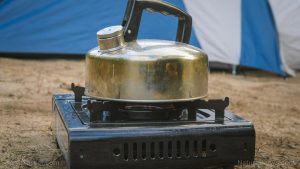
Camp stove or oven
With a small portable propane-powered camping stove or camping oven, you can easily cook what you would usually prep in a conventional kitchen range without making any noise or emitting any smoke.
Never use a camping stove indoors for safety reasons. However, you can use it on a porch close to your house door or inside your garage with a window or exterior door cracked open for proper ventilation.
Dakota fire method
If you want to cook food stealthily, you should avoid outdoor cooking at all costs unless you are bugging out and have to build a fire for warmth or water purification.
A Dakota fire hole or Dakota fire pit will produce heat with very little fire and smoke. An outdoor fire like this will quickly generate enough heat to boil water or cook food.
To minimize the amount of work you need to put into digging the fire hole, select a site without a lot of rocks or roots. Don’t choose an area where the water table is very close to the surface. It’s best to dig in dry, compact soil.
Dig a hole that’s 12 to 16 inches deep into the ground and is wide enough to accommodate a small fire teepee. Dig a sloping tunnel connecting the base of the pit to the surface. Once you build a fire in the hole, it will heat the air around it.
When the hot air rises out of the hole it creates a weak vacuum, drawing more cool air through the sloping tunnel. This feedback loop helps build an extremely hot fire very quickly.
Cooking bags or aluminum foil
If you’re using a traditional campfire or a Dakota fire hole, you can prepare food in aluminum foil or cooking bags (boilable bags) to help reduce the cooking smell. Wrap food in several layers of foil or use a cooking bag before putting it on a cooking grate or in a cast iron pot to prepare it.
Each option in this list has pros and cons, so choose wisely before SHTF. Options like a gas stove are best for bugging in while a Dakota fire pit is perfect if you decide to bug out.
Find stealthy ways to cook before disaster strikes so you can keep your family warm and well-fed while also keeping your survival supplies safe.
Sources include:
Tagged Under: cooking methods, disaster, emergency preparedness, homesteading, how-to, off grid, preparedness, prepping, SHTF, survival, survival food, survival supplies, tips
RECENT NEWS & ARTICLES
COPYRIGHT © 2017 GEAR.NEWS
All content posted on this site is protected under Free Speech. Gear.news is not responsible for content written by contributing authors. The information on this site is provided for educational and entertainment purposes only. It is not intended as a substitute for professional advice of any kind. Gear.news assumes no responsibility for the use or misuse of this material. All trademarks, registered trademarks and service marks mentioned on this site are the property of their respective owners.


